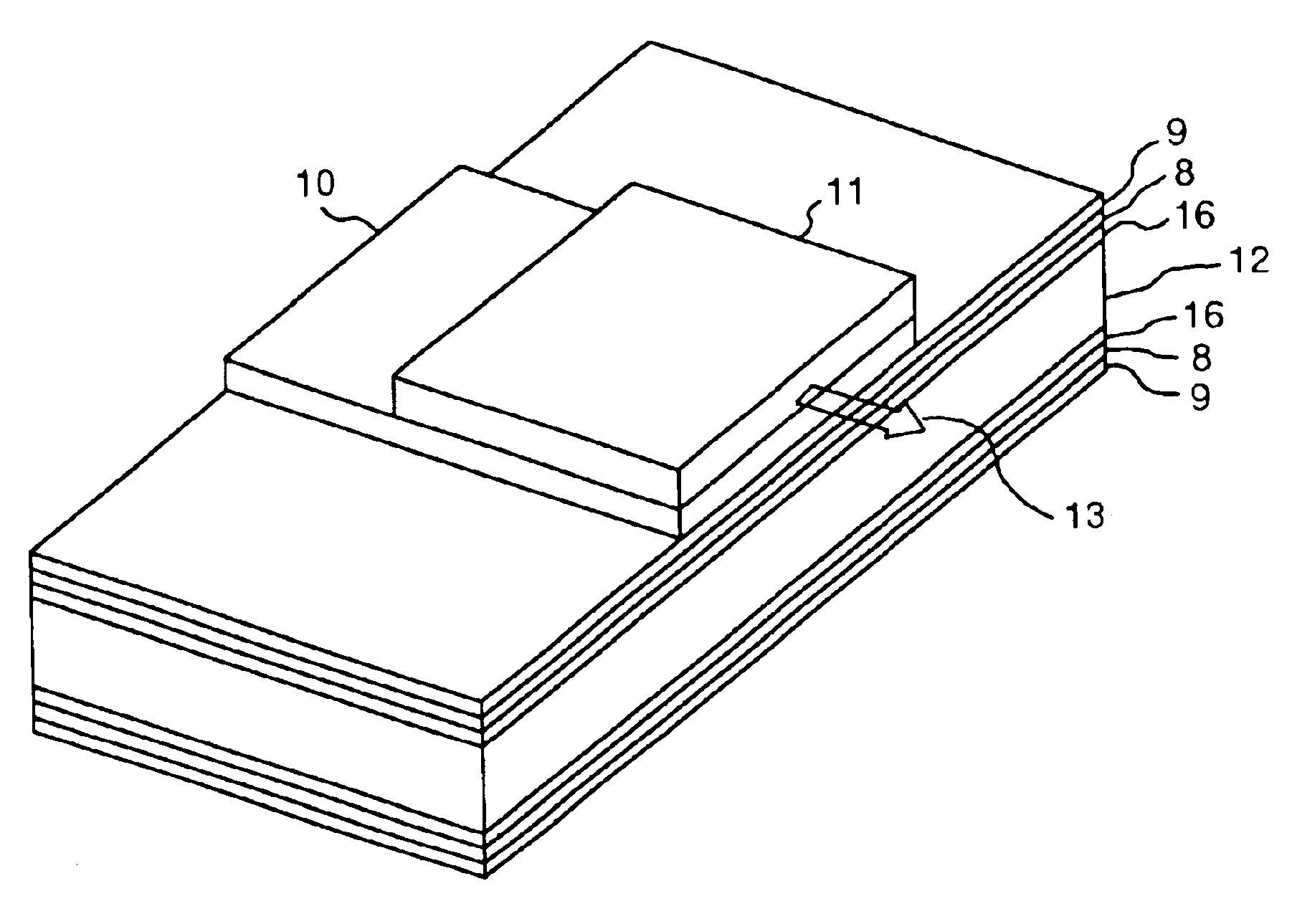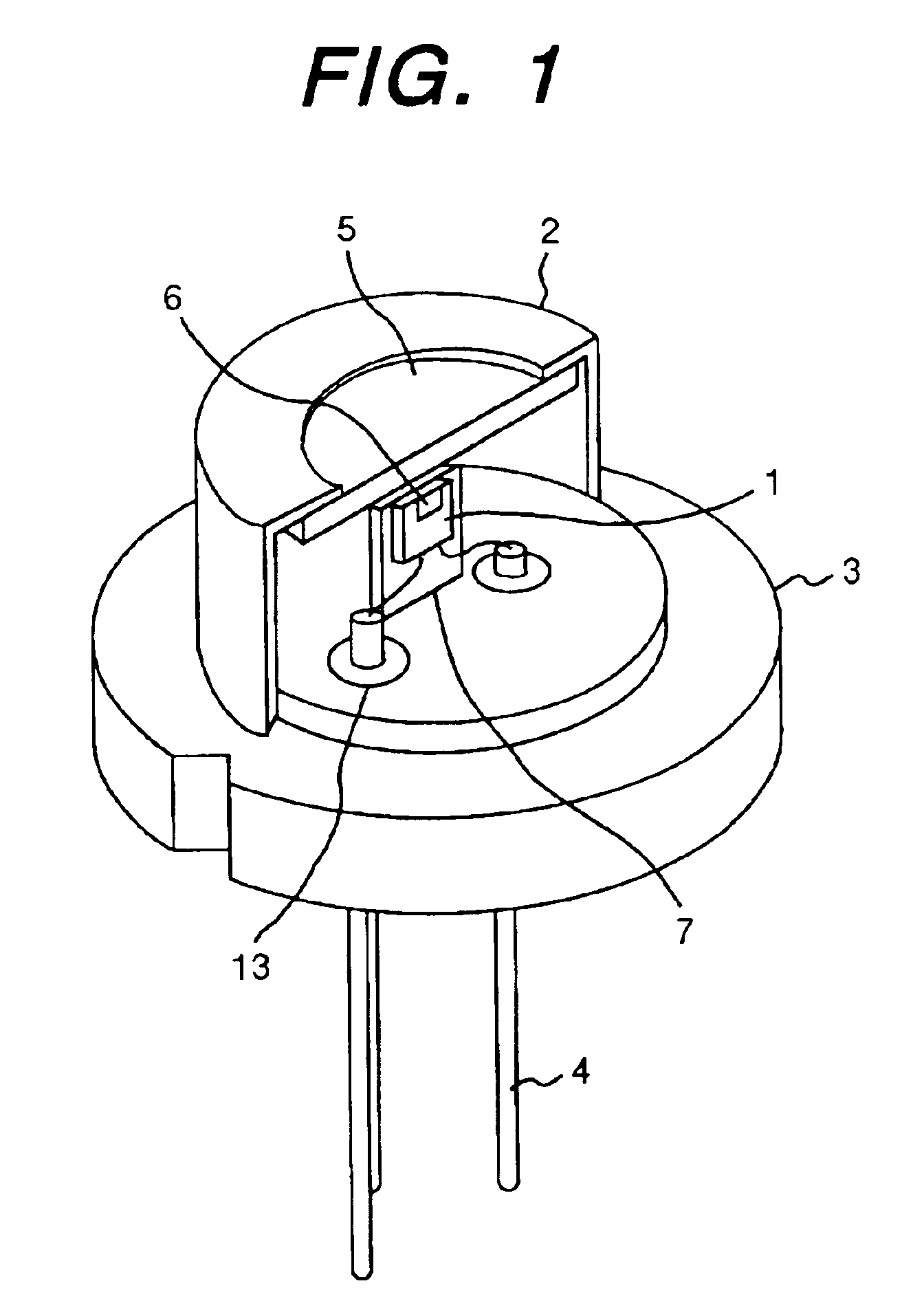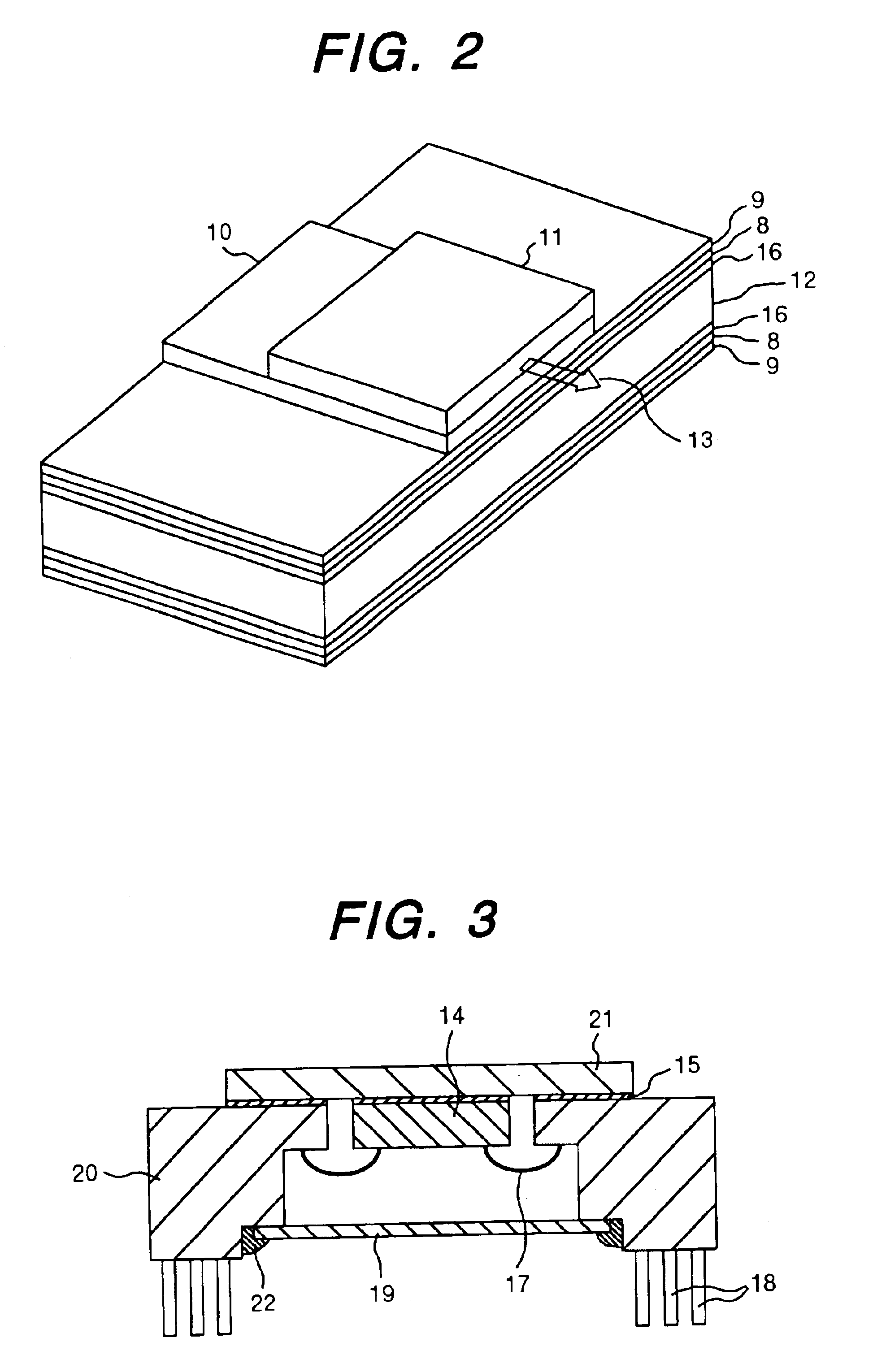Aluminum nitride sintered body and substrate for electronic devices
a technology of aluminum nitride and sintered bodies, applied in the direction of natural mineral layered products, layered products, chemistry apparatus and processes, etc., can solve the problems of rough surface of sintered bodies, single crystals are not suitable for practical industry applications, and cannot be used as substrates for electronic devices. rough surfa
- Summary
- Abstract
- Description
- Claims
- Application Information
AI Technical Summary
Benefits of technology
Problems solved by technology
Method used
Image
Examples
example 1
[0040]Aln powder having an average particle size of 1 μm and sintering aids having an average particle size of 1 μm were weighted and put in a pot made of engineering plastics to mix thoroughly by means of alumina balls (purity; 99.5%) for 20 hours. In this step, ethanol was added to the powder as a solvent. The mixed powder was left for one night, and then mixed with an organic binder. After the mixture was pelletized, it was molded into plates having a diameter of 60 mm with a hand press machine.
[0041]Each of the molded plates was sandwiched with a carbon dice and carbon punch. The inner surface of the carbon dice was coated with BN powder by spraying. The plated were sintered in nitrogen gas atmosphere. A sintering pressure was 30 to 35 MPa, a sintering temperature 1700 to 2000° C., and a holding time 2 to 5 hours. After holding, a heater was switched off, and the sintered plates were cooled in the oven. The sintered plates were prepared for test pieces having a diameter of 10 mm...
example 2
[0050]Aln sintered bodies were prepared by the same manner as in Example 1, and thermal conductivity and mirror workability of the sintered bodies were investigated. Sintering aids contained different kinds of rare earth elements and Y2O3 and Ce2O3, shown in Table 2. Amounts of sintering aids remaining in the sintered bodies were 0.05 to 1% by weight.
[0051]
TABLE 2Sintering aids(% by weightSinteringThermalSurfaceof powderconditionsconductivityroughnessNo.composition)(° C. × h)(W / m · K)R max (μm)17Nd2O3 (18)1950, 4 h200Les than 0.15—Y2O3 (2)18Nd2O3 (18)1900, 4 h205Less than 0.2—Y2O3 (2)19Nd2O3 (19)1850, 5 h205Less than 0.2—Y2O3 (1)20Pr2O3 (18)2000, 3 h220Less than 0.15—Ce2O3 (2)21Pr2O3 (18)1900, 4 h210Less than 0.2—Ce2O3 (2)22Pr2O3 (25)1850, 5 h2100.3—Ce2O3 (10)23Pr2O3 (6.5)1800, 4 h200Less than 0.2—Ce2O3 (0.5)24Dy2O3 (10)1950, 4 h2100.1—Nd2O3 (10)25Pr2O3 (10)2000, 3 h210Less than 0.15—Nd2O3 (8)—Ce2O3 (2)
[0052]As is understood from Table 2, the sintered bodies that contain Y2O3 Ce2O3 ...
example 3
[0054]Pressed moldings were prepared by the method of Examples 1 and 2 using the powder composition of No. 17 of Example 2. The size of the moldings was 15 mm in diameter and 3 mm in thickness. The moldings were placed in a crucible made of carbon with a lid and the crucible was set in a HIP apparatus to sinter them.
[0055]The atmosphere for sintering was nitrogen gas; atmospheric pressure 100 Pa; a sintering temperature was 1800° C.; and a holding time was 3 hours. The resulting sintered bodies were subjected to mirror-polishing, and then subjected to evaluation of surface roughness and thermal conductivity, as same as in Examples 1 and 2. The surface roughness was 0.15 μm or less and the thermal conductivity was 210 W / mK. It was confirmed that the HIP method was useful for sintering the Aln ceramics.
PUM
| Property | Measurement | Unit |
|---|---|---|
| surface roughness | aaaaa | aaaaa |
| temperature | aaaaa | aaaaa |
| surface roughness R max | aaaaa | aaaaa |
Abstract
Description
Claims
Application Information
 Login to View More
Login to View More - R&D
- Intellectual Property
- Life Sciences
- Materials
- Tech Scout
- Unparalleled Data Quality
- Higher Quality Content
- 60% Fewer Hallucinations
Browse by: Latest US Patents, China's latest patents, Technical Efficacy Thesaurus, Application Domain, Technology Topic, Popular Technical Reports.
© 2025 PatSnap. All rights reserved.Legal|Privacy policy|Modern Slavery Act Transparency Statement|Sitemap|About US| Contact US: help@patsnap.com



